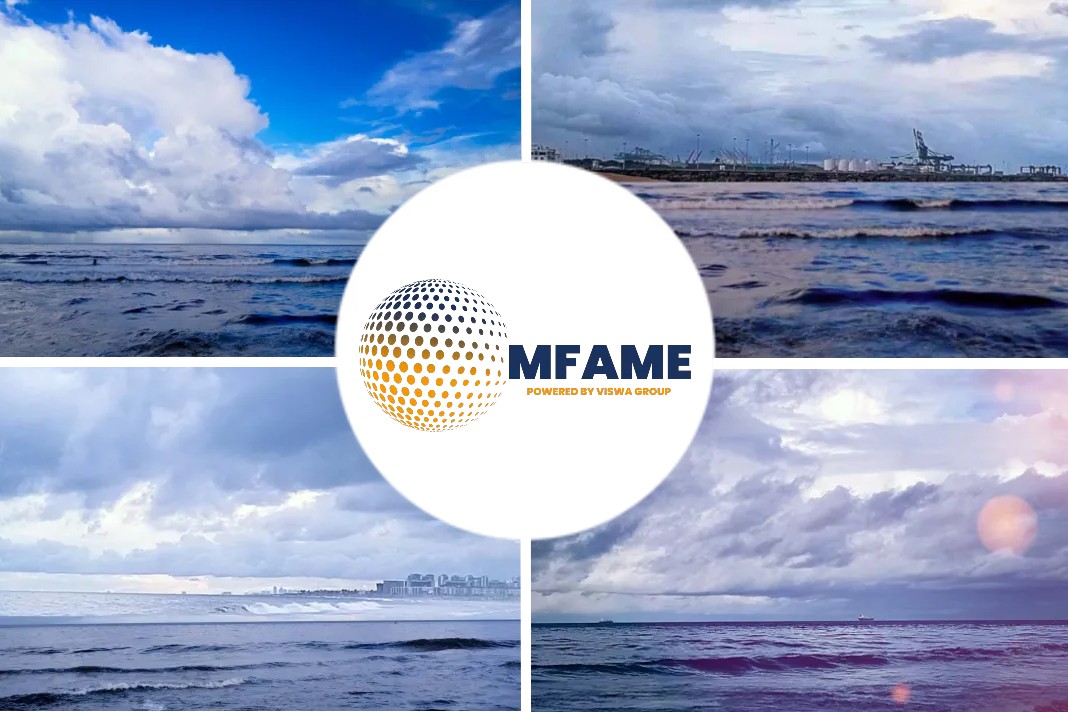The UAE Port of Fujairah’s growing profile as an energy hub is set for another boost, with Abu Dhabi National Oil Co.’s plans to build a 9.6 million mt/year LNG plant in the eastern emirate. But analysts say it could be well-poised to capture growing demand for the fuel, if high prices do not set long-term consumption back and environmental regulations in Europe do not close off that market, reports SP Global.
World’s third largest oil bunkering hub
Fujairah, which is already the world’s third largest oil bunkering hub, is hoping to benefit from the project, with new stakeholders expected to be attracted.
The facility, which will include two 4.8 million mt/year trains, will raise ADNOC’s LNG production capacity to 15.6 million mt/year, giving neighboring Qatar – currently the world’s largest LNG exporter – a formidable regional rival.
ADNOC, which declined to comment on the project, owns a 70% stake in the ADNOC LNG joint venture, which has a current capacity to produce 6 million mt/year at Das Island in the Persian Gulf.
Other shareholders in ADNOC LNG are Mitsui & Co. with a 15% stake, BP with 10% and Total with 5%
ADNOC is in talks with those partners to take part in the Fujairah facility, sources said, and Japan’s INPEX intends to consider participating, its CEO told S&P Global.
ADNOC’s new project comes at a time when the world’s demand for LNG is high as Russia restricts piped gas supplies to Europe and countries around the globe seek gas as a transition fuel to replace dirtier crude.
Gas prices in Europe and Asia have soared to record highs in 2022 as Europe wrestles with Asia over LNG cargoes in a tight market.
The JKM spot LNG price for delivery into northeast Asia hit a record $84.76/MMBtu in March and was last assessed at $41.65/MMBtu July 4, according to Platts assessments from S&P Global.
Asia destinations
ADNOC has traditionally sent its LNG to Asia and up until 2018 supplied around 90% of its volumes to Japan under long-term agreements but has sought since to diversify its customer base by signing multi-year contracts.
Adding Europe as a potential new destination for ADNOC’s LNG will depend on several factors, including the ability to lock in long-term contracts.
The destination for LNG “will depend on which parties want to sign contracts for the LNG (most likely Asia), the state of the global LNG market and prices when the plant comes on stream,” said Jonathan Stern, a research fellow at the Oxford Institute for Energy Studies.
However, he added, “it will be difficult for European companies to make long-term commitments because of their emission targets.”
Since 2019, India has been the UAE’s top LNG customer, based on Kpler shipping data.
Platts Analytics, in a June 13 report, noted that none of ADNOC LNG’s term customers sent any cargoes to Europe, despite lucrative LNG spot prices. The last time ADNOC LNG sent any volumes to Europe was in June 2009, it said.
However, as demand destruction from high LNG prices seeps into Asia, Europe may become a more attractive destination.
“Europe’s need to replace 160+ Bcm of Russian gas will create huge need for additional LNG in the medium term,” said Robin Mills, CEO of Qamar Energy. “Sellers can name their terms at the moment and buyers are realizing the danger of exposure to volatile and potentially very high spot prices. The question is what ‘long term’ means for European buyers given their decarbonization targets, 10 years or longer?”
Platts Analytics has revised its Indian LNG demand forecast down an average of nearly 10 billion cu m/d from 2022 through 2025 on the back of higher prices expected during this period.
“South Asia, once thought to be one of the key drivers of global demand in the medium term, could disappoint to the downside amid lingering elevated spot prices and limited cover by long-term contracts,” Platts Analytics said in an April 29 report.
New gas
The expansion of ADNOC’s LNG capacity comes as new gas developments are set to increase alongside its expansion of oil production capacity to 5 million b/d by 2030 from about 4 million b/d currently, which will yield higher associated gas.
ADNOC had announced in December a rise in national gas reserves of 16 Tcf, bringing the UAE’s gas reserves base to 289 Tcf.
The location of Fujairah for the new LNG production will also be of added value to ADNOC, given the aging facilities at Das Island, located far offshore. The fact that Fujairah lies outside the problematic Strait of Hormuz in the Persian Gulf reduces its geopolitical risk profile.
“For the UAE this [project] is very important and may replace the Das Island plant in future, as that plant is now very old dating from the late 1970s,” said Stern.
Fujairah will also gain from the growing number of LNG tankers that will call on the port, which is considering adding LNG bunkering services, its managing director, Captain Mousa Murad, said.
“Fujairah can also benefit that available gas will attract industrial companies that will use gas instead of, for example, diesel to set up projects,” said Murad.
Did you subscribe to our daily Newsletter?
It’s Free! Click here to Subscribe
Source: SP Global



















